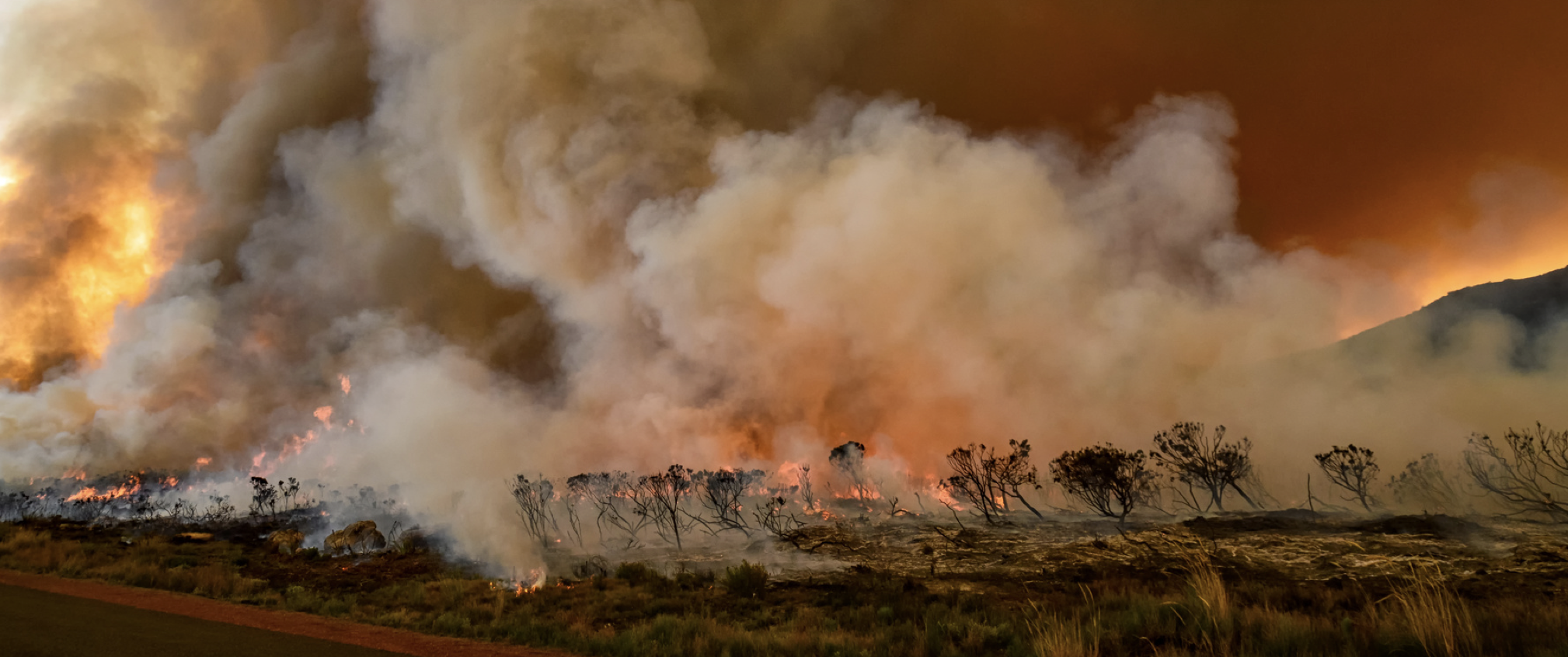The World Health Organization (WHO) announced that it renewed its air quality guidelines published in 2005 at a press conference held on 22 September 2021. WHO mentioned that during this 16-year period, more evidence has emerged to show that air pollution affects human and environmental health at lower concentrations than previously understood. Due to this fact, they lowered air quality limit levels for nearly all parameters and proposed new limit levels.

WHO underlined that exposure to air pollution causes 7 million premature deaths each year and the loss of millions more healthy years of life. Since its last global update in 2005, there has been a significant increase in evidence showing how air pollution affects different aspects of health. In line with new findings, a new air quality guideline was prepared by considering the effects of concentrations. It is hoped that the “New Global Air Quality Guidelines” (AQG) could save millions of lives.
WHO Director-General Tedros Adhanom Ghebreyesus emphasized that “air pollution causes 7 million deaths with a simple breathing action, and almost everyone in the world is exposed to this pollution at an unhealthy level”. Tedros also mentioned that breathing polluted air increases the risk of respiratory diseases such as pneumonia and asthma while also increasing the risk of severe COVID-19.
Tedros pointed out that a substantial amount of new evidence from studies since 2005 shows “how low concentrations of air pollution affect all body parts, from the brain to the growing baby in the womb. This could include reduced lung growth and function, respiratory infections, and aggravated asthma in children. In adults, ischaemic heart disease and stroke are the most common causes of premature death attributable to outdoor air pollution. Evidence also emerges of other effects such as diabetes and neurodegenerative conditions.”
Dr. Hans Henri P. Kluge, WHO Regional Director for Europe, mentioned that clean air is a fundamental human right and a necessary condition for a healthy and productive society. Continuing his speech, he stressed that “despite some improvements in air quality over the last three decades, millions of people continue to die prematurely, and this affects mostly marginalized populations.”
The WHO noted that air quality in high-income countries had improved significantly since the 1990s. However, it was stated that vulnerable groups in low- and middle-income countries with poor air quality due to urbanization and rapid economic development are more exposed to this air pollution. “In 2019, more than 90 percent of the world’s population lived in areas where concentrations exceeded the 2005 AQG for long-term PM2.5 exposure, and Southeast Asia was the worst-affected region,” the organization addressed.
Emphasizing that air pollution is one of the biggest environmental threats to human health and climate change, the organization stated that countries could protect health and support global climate change by trying to reach these guidelines.
“WHO’re new guidelines recommend air quality levels for 6 pollutants, where evidence has advanced the most on health effects from exposure. When action is taken on these so-called classical pollutants — particulate matter (PM), ozone (O₃), nitrogen dioxide (NO₂), sulfur dioxide (SO₂), and carbon monoxide (CO), it also has an impact on other damaging pollutants.”

The health risks associated with particulate matter (PM) 10 and 2.5 microns (µm) in diameter (PM₁₀ and PM₂.₅, respectively) or smaller are of particular public health concern. Both substances can penetrate deep into the lungs, but researchers say PM2.5 can even enter the bloodstream and cause mainly cardiovascular and respiratory problems, but also affect other organs, WHO said. That’s why she announced that the PM2.5 guideline level had been cut in half.
Professor Alastair Lewis, from the UK’s National Center for Atmospheric Science, said PM2.5 is “most controversial” as it comes from natural sources -even without cooking- and can stay in the air for weeks, adding that “PM2.5 is, to some extent, inevitable and unavoidable of living in the 21st century. “It is an inevitable consequence,” he said.
The new Air Quality Guide is essential for improving air quality, so WHO urged all countries to use this guide. As a result of its analysis, WHO mentioned that “almost 80% of PM₂.₅ related deaths in the world could be prevented if the current air pollution levels are reduced to the levels recommended in the updated guideline”.
New guidelines come just in time for the COP26 global climate summit, held in Glasgow from 31 October to 12 November 2021. The COP26 conference will bring parties together to accelerate action toward the goals of the Paris Agreement and the UN Framework Convention on Climate Change.
References
World Health Organization. (2021). WHO Global Air Quality Guidelines.
World Health Organization. (2021). WHO Global Air Quality Guides Press Release.
https://www.youtube.com/watch?v=hiO5V4ZZRwI&t=2638s WHO, Launch of the WHO Global Air Quality Guidelines with Dr. Tedros. 22 September 2021.









